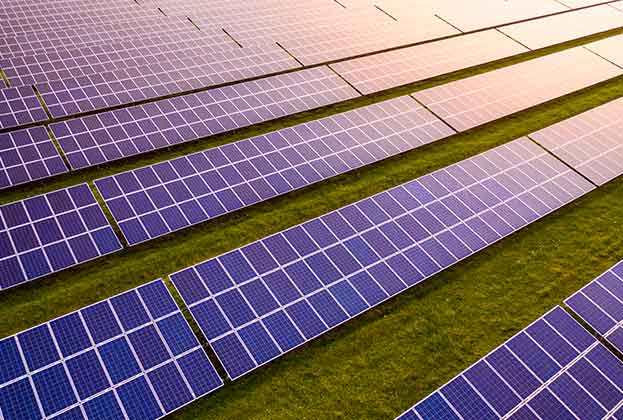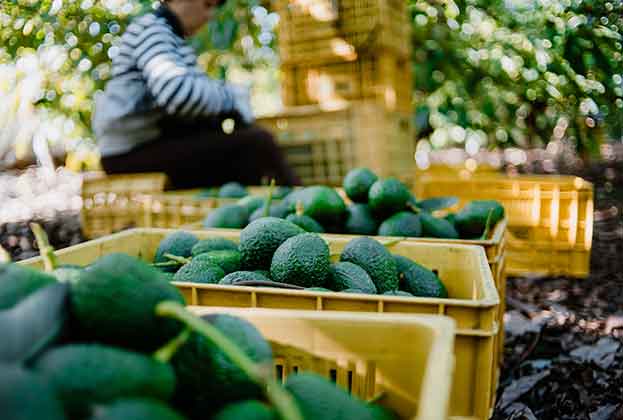Farmland continues to be a safe haven for capital and a hedge against inflation with capital and income returns
Looking back over a decade of Savills research publications on global farmland markets, there has been significant global change, but the traditional drivers for investing in farmland overseas have not diminished. Our 2012 publication, for example, described farmland as a safe haven for capital and a hedge against inflation through both capital and income returns. It discussed the benefits of economies of scale offered through large-scale farming operations in a global market, the tax benefits of investing in agriculture and the need to feed a growing global population.
Farmland is a vital resource in terms of sequestering carbon from trees, hedges, crops and soil and is recognised as an important factor in tackling the biodiversity crisis
Nicola Buckingham, Associate Director, Rural Research
Fast forward ten years to 2023 and these factors remain, but the demands on farmland have never been greater. As people and politicians across the globe increasingly understand the importance of farmland in mitigating against climate change, further investment drivers have emerged (see box, below). Farmland is a vital resource in terms of sequestering carbon from trees, hedges, crops and soil and is recognised as an important factor in tackling the biodiversity crisis.
Food-producing land is scarce and the demands on farmland are being further squeezed by a growing global population and growth in the number of calories consumed per person. Furthermore, over the past ten years, the way people think about food has shifted significantly. Consumers increasingly understand that the food we eat has major implications for our health, the environment and society at large. “The environment, food security and nature-friendly farming practices have become global megatrends,” says Jonny Griffiths, Savills Head of International Farmland.
Global farmland performance
The value of farmland across the world is tracked by our Global Farmland Index. The index reports to 2022 and illustrates the continued rise in farmland values globally over the past 20 years, with a 10% compound annual growth rate over this period. 2021 recorded the highest rate of farmland value growth since 2011 at an average rate of 19.5%, with the strongest performers being New Zealand, Brazil and Australia. Growth in farmland values has been more restrained in 2022 averaging just 3.3%. The top performers have been the US (14.3%), Australia (10.9%) and Brazil, which has continued an extraordinary few years of growth with a 45.2% increase (figure 1) during 2022. Average farmland values in Brazil have more than doubled in the last three years and this is due to a combination of factors:
- Interest rates have been low during this period, making it affordable for borrowers to purchase land.
- The Brazilian real has been weak in recent years, which has attracted foreign investors leading to increased demand. It depreciated by about 30% against the dollar between January 2019 and December 2022.
- High commodity prices have benefited Brazilian landowners, as the price of soybeans doubled at its peak during this period.
Farmland in Australia has continued to increase in value with no negative growth since 2015. The increase in average farmland values in 2022 can be attributed to a significant decrease in properties marketed, with the national transaction volume down by 37.5% and only the Northern Territory showing an increase in supply, according to Elders Real Estate.
From a wider perspective, the slightly slower rate of growth reported elsewhere could be attributed to the stronger US dollar. This has exaggerated some value movements downwards, after appreciating over 12% in 2022, and hitting a two-decade high in September 2022. In domestic currencies, only Denmark and New Zealand recorded a negative annual performance. This compares to a total of eight countries in the index reporting negative annual growth when converted to USD per hectare.
Performance against other asset classes
Despite a slower rate of growth, global farmland continues to perform well against other asset classes, particularly over the longer term, and with increasing demands on farmland, we expect this to continue (figure 2). Elsewhere, gold prices rose in 2022, as they generally do in times of high inflation, but geopolitical issues meant its increase was not at the level many people expected. Oil soared to a peak in March 2022 at prices not seen since 2008 as a result of the conflict in Ukraine, but declined from June onwards due to market uncertainty.
FOREIGN OWNERSHIP RESTRICTIONS
The policies and restrictions placed upon ownership by foreign investors is often a major issue in farmland investment overseas. These can come in the form of an outright ban, limits on the amount of land held, pre-emptive rights, residence requirements or even language requirements. Savills Research has identified the top five least and most restrictive countries across Europe for foreign investment:
Read the articles within Spotlight: Global Farmland below.
.jpg)

